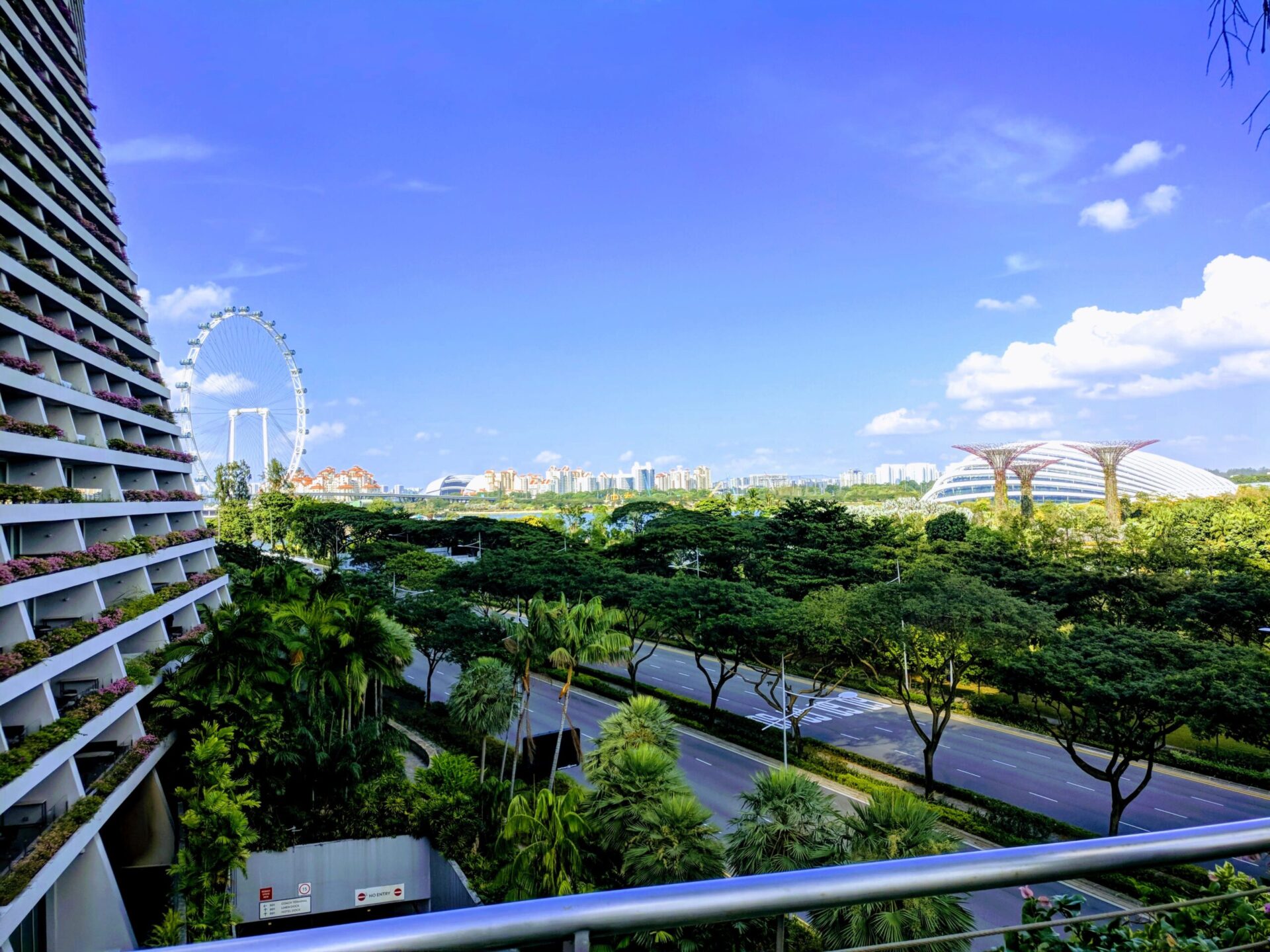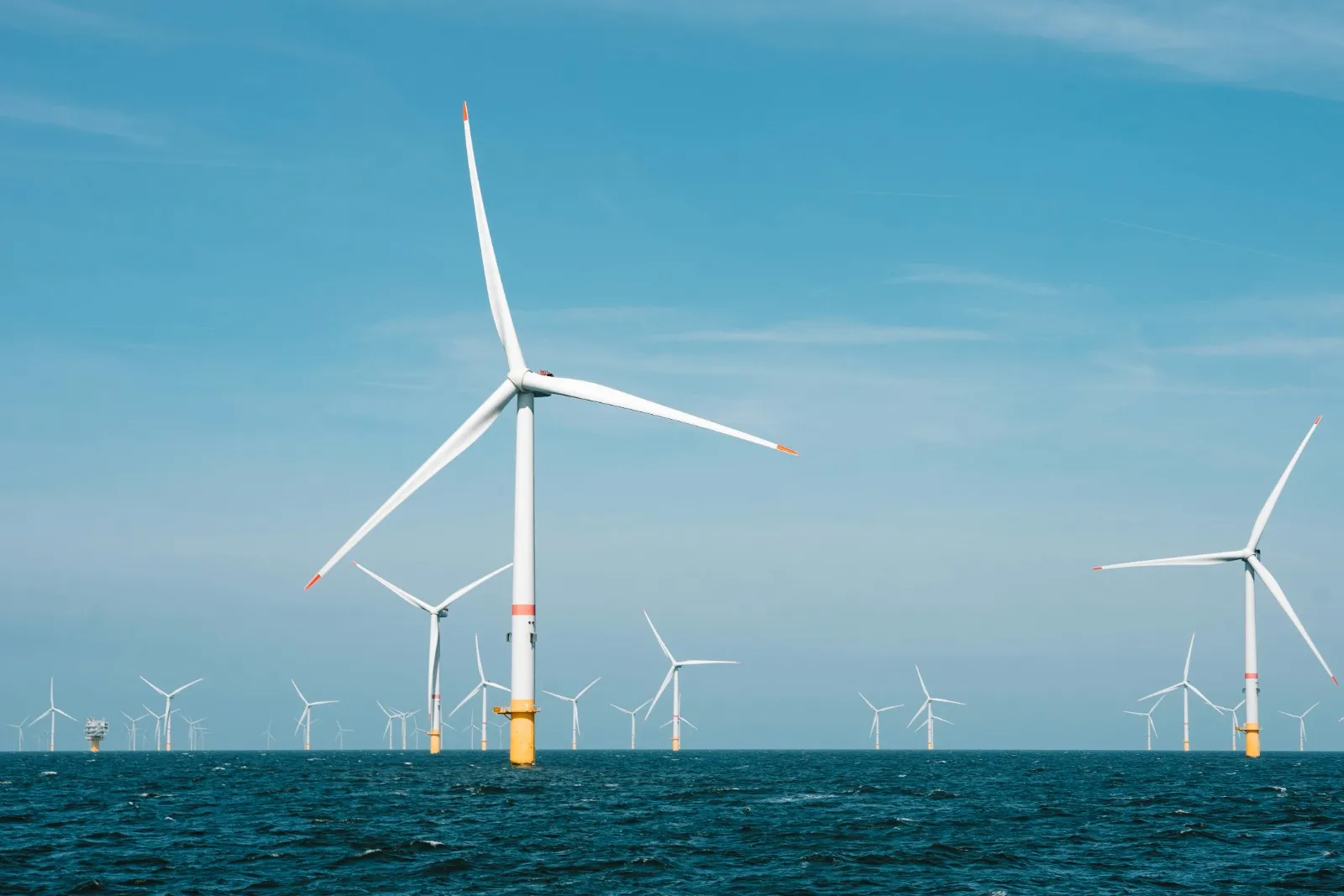Cooling cities: regrowing our urban green spaces

By Jessica Ginting, Account Manager, Energy team
As global temperatures continue to exceed records annually, urban heat islands are exacerbating the problem of summer heatwaves to dangerous levels.
Demand for air-conditioning is rising in countries unequipped with indoor cooling systems, including the UK. However, this could come at a cost for energy efficiency and sustainability gains. It’s been estimated that by the end of the century, air conditioning could increase the UK’s power consumption by up to an estimated 15% during the summer. Worldwide, air conditioning accounts for about a fifth of the electricity used in buildings and is a major source of greenhouse gas emissions.
Is there another way to keep our cities cool while still maintaining a path to net zero?
Nature as climate resilient infrastructure
Green spaces can mark a difference in temperature in an urban area by several degrees, but to truly see results on a wide scale, this relies on robust urban planning and green policies.
Rocky Mountain Institute, as an example, outlines a 3-step, whole-systems approach to urban cooling:
- Reduce heat at an urban scale
- Reduce cooling needs in buildings
- Serve cooling needs in buildings efficiently
So, in order to reduce the cooling loads in buildings, cities should first be reducing heat at an urban scale, by exploring urban form and design, nature-based solutions and cool surfaces.
On average, plants reflect more solar radiation than pavements do. Apart from creating shade and preventing too much heat from being stored in substrates or facades, plants can also extract heat from their immediate surroundings through evaporation.
Mendellín, Columbia’s green corridors
After experiencing rapid, unplanned growth that eliminated green spaces and created significant urban heat islands, the 2016-2019 Government Plan of the Mayor’s Office of Medellín, Columbia set goals to make the city healthier and more sustainable under the “Medellín, Environmental Urbanism” project. As a result, the city created green corridors that would follow and restore the geography of the area prior to recent development.
From 2016 to 2019, the city created 36 corridors, 18 along major roads and 18 along waterways, covering over 36 hectares. Studies confirmed that areas with the least green spaces had the highest temperatures, so green corridors were focused on these areas. The areas with green corridors have already seen temperature reductions of up to 4°C.
Green cities and equality
According to research from the University of Manchester, minority groups are four times more likely to be in neighbourhoods most vulnerable to extreme heat. Low-income neighbourhoods are also likely to be hotter than more affluent areas. Creating and maintaining green spaces in cities can also be costly, and not all communities can afford them. Local governments need to ensure that their greening plans won’t be concentrated in areas designed to attract wealthy residents and tourists.
One result of the pandemic is that cities such as London are recognising the importance of their green spaces. Initiatives such as the 2022 Grow Back Greener Fund will support London’s communities to plant trees to provide shade, create and enhance green space and increase climate resilience. It prioritises areas where Londoners live further than a 10-minute walk from their nearest green space and are at a high climate risk.
It’s becoming clear that cooling infrastructure, including the increased adoption of air-conditioning, is not a luxury but a necessity in today’s warming world. As the rate of rising temperatures continue to accelerate, we must consider ways of prioritising nature-based solutions that will keep our cities cool while maintaining our path to net zero.

